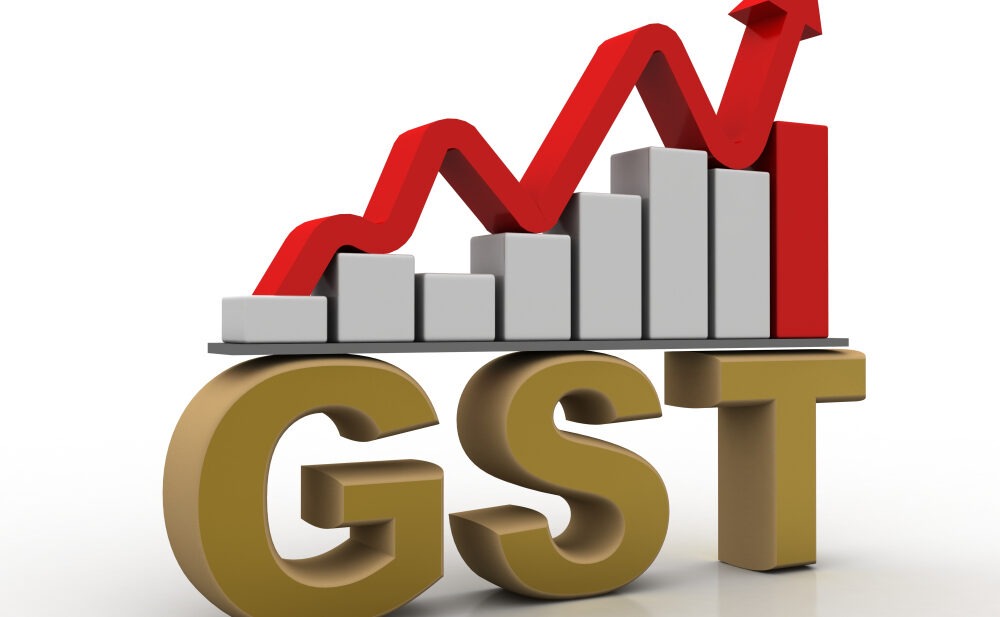Goods & Services Tax (GST) in India: An Overview of Indirect Tax Reform
Introduction to GST:
Goods and Services Tax (GST) is a significant indirect tax reform implemented in India, replacing multiple indirect taxes like excise duty, VAT, and service tax. The GST Act was passed in Parliament on March 29, 2017, and became effective on July 1, 2017. It’s a comprehensive, multi-stage, destination-based tax applicable to every value addition in the supply chain.

Key Components of GST:
Under GST, taxes are levied at each stage of sale, involving Central GST (CGST), State GST (SGST) for intra-state sales, and Integrated GST (IGST) for inter-state sales. This system replaces the earlier tax structure, which had a complex array of state and central taxes. The new regime aims to simplify tax administration and remove tax barriers between states.
Objectives of GST:
The main objectives of implementing GST in India include:
- One Nation, One Tax: Uniform tax rates across states and products promote simplicity and consistency in taxation.
- Subsuming Indirect Taxes: GST integrates various indirect taxes, reducing compliance burdens and streamlining tax administration.
- Eliminating Cascading Effect: GST eliminates the tax-on-tax effect, ensuring tax is only levied on the value addition at each stage.
- Curbing Tax Evasion: Stricter GST laws and digital procedures help prevent tax evasion through input tax credit verifications and centralized surveillance.
- Expanding Taxpayer Base: GST’s unified tax structure increases tax-registered businesses and includes unorganized sectors.
- Simplified Online Procedures: Digital procedures from registration to return filing and e-invoicing ease taxpayer compliance.
- Improved Logistics and Pricing: GST reduces documentation and improves logistics efficiency, leading to competitive pricing and increased consumption.
Advantages of GST:
GST offers several benefits, including:
- Cascading Effect Elimination: Tax-on-tax effect is eradicated, reducing costs and promoting economic growth.
- Technological Efficiency: Online procedures accelerate processes like registration, return filing, refunds, and responses to notices.
- Uniform Tax Rate: GST’s standardized rates across states and products minimize complexities and promote uniformity.
- Input Tax Credit: Businesses can claim credit for taxes paid on inputs, reducing tax burden and prices for consumers.
- Enhanced Compliance: GST’s transparent system with online documentation and verification reduces evasion and increases compliance.
Components of GST:
The three taxes under the GST system are CGST (Central GST), SGST (State GST), and IGST (Integrated GST). The distribution of revenue from these taxes depends on intra-state or inter-state transactions.
Impact on Prices:
GST has led to price reduction due to the elimination of the cascading effect. Taxes are calculated on value addition, reducing the final cost for consumers. Input tax credit allows businesses to claim credit for taxes paid, further lowering prices.

New Compliances Under GST:
GST introduced new compliances, including:
- E-Way Bills: E-way bills for goods movement facilitate efficient check-posts and reduce tax evasion.
- E-Invoicing: E-invoicing streamlines invoicing processes for businesses with annual turnovers above specified limits, minimizing errors and data entry.
Conclusion:
Goods and Services Tax (GST) has transformed India’s indirect tax landscape by replacing numerous taxes with a unified, simplified structure. Its objectives of simplification, uniformity, and transparency have led to improved compliance, cost reduction, and enhanced economic growth. As the GST journey continues, it’s crucial for businesses and taxpayers to adapt to the evolving tax landscape.




